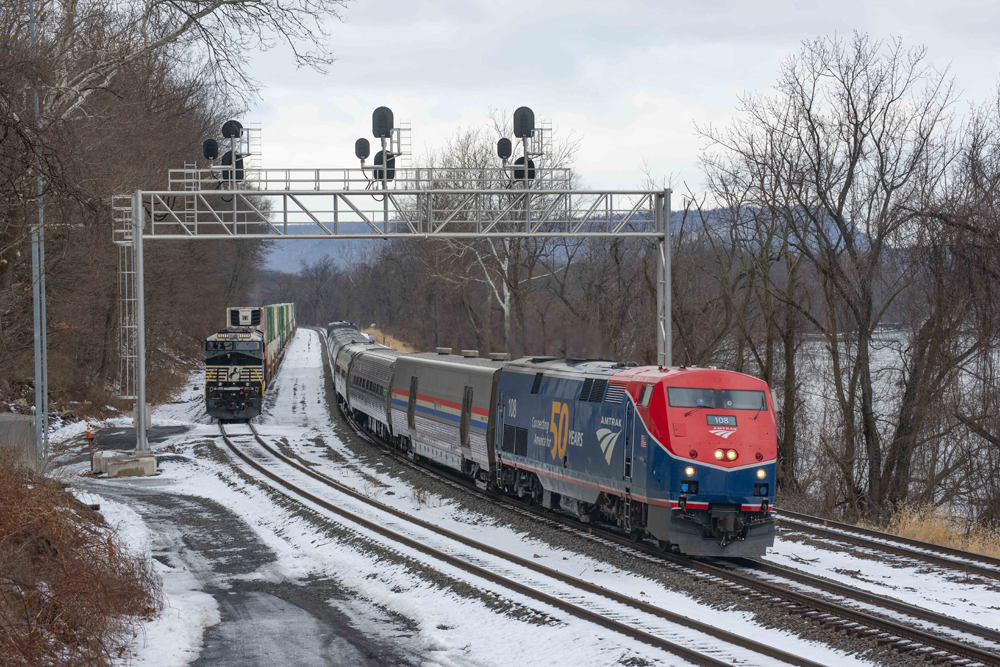
WASHINGTON — Infrastructure improvements to accommodate a second daily round trip of Amtrak’s Pennsylvanian between Pittsburgh and Harrisburg, Pa., will receive more than $143 million in federal funding, the state’s two U.S. senators have announced, while the Pittsburgh-Philadelphia corridor is among those selected for the Corridor Identification and Development program for a study of increased service.
The $143.6 million grant for the infrastructure work will come from the Federal Railroad Administration’s Federal-State Partnership for Intercity Passenger Rail grant program; the Pennsylvania Department of Transportation will match 20% of the total costs. Those funds will go toward improvements agreed to by the state and Norfolk Southern in 2022 in a program then estimated to cost $147 million to $171 million [see “Plan to allow second ‘Pennsylvanian’ …,” Trains News Wire, March 9, 2022].
The “Keystone Corridor” route between Philadelphia and Pittsburgh becomes the 23rd selected for the Corridor ID program, which means PennDOT will receive a $500,000 grant for to study expanded service. Fourteen routes were announced by elected officials on Tuesday [see “North Carolina, Ohio corridors lead list …,” News Wire, Dec. 5, 2023], while another eight were identified in similar fashion Wednesday [see “Legislators announce selection of eight more passenger routes …,” News Wire, Dec. 6, 2023].
“Improving rail service means more jobs, more economic opportunities, and more time spent with family for urban and rural communities alike,” U.S. Sen. Bob Casey (D-Pa.) said in a press release, while U.S. Sen. John Fetterman (D-Pa.) said, “Pennsylvania will see numerous benefits from this expansion, including safer and more reliable transit, reduced travel time, and strengthened local economies. … I am proud to see us investing in so many rail infrastructure projects throughout the commonwealth. The more trains and public transportation options for Pennsylvanians, the better.”






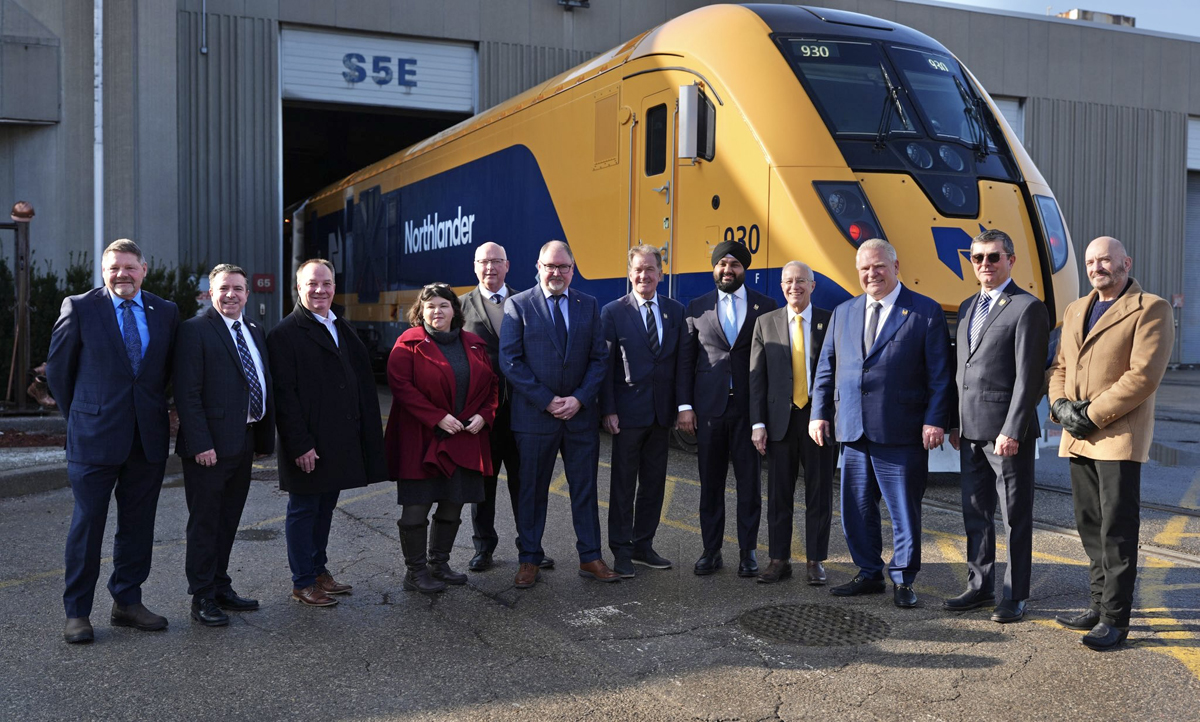
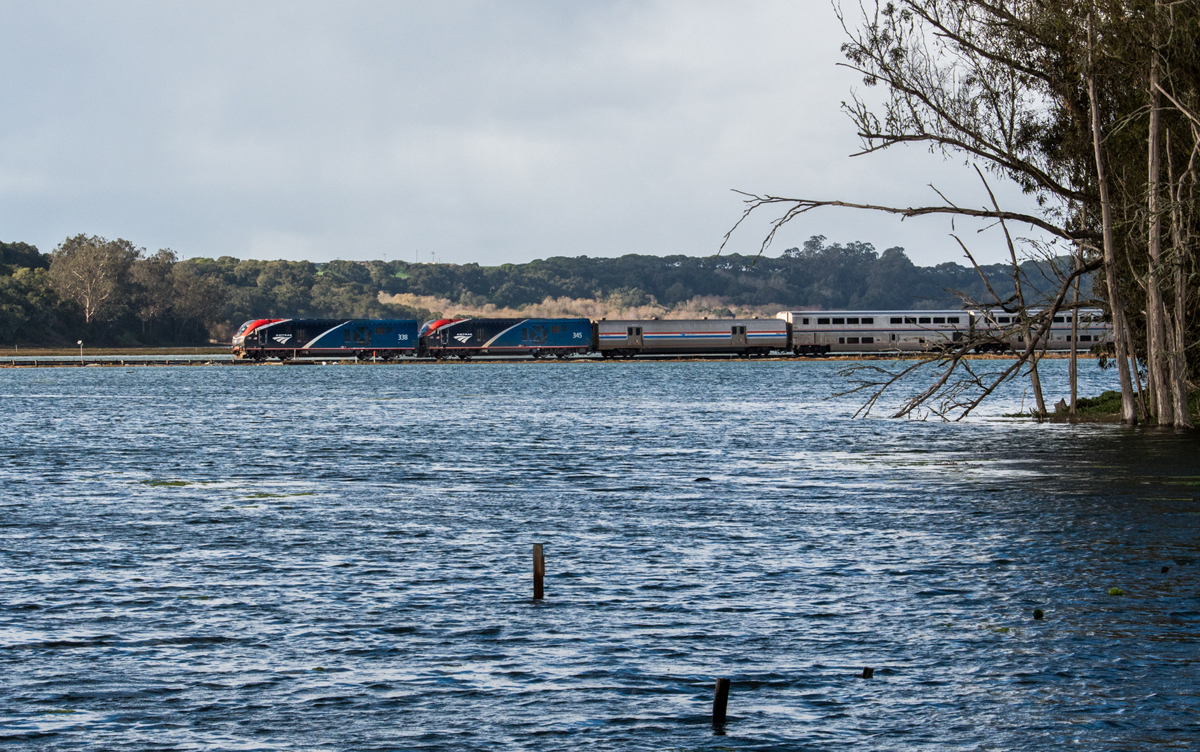
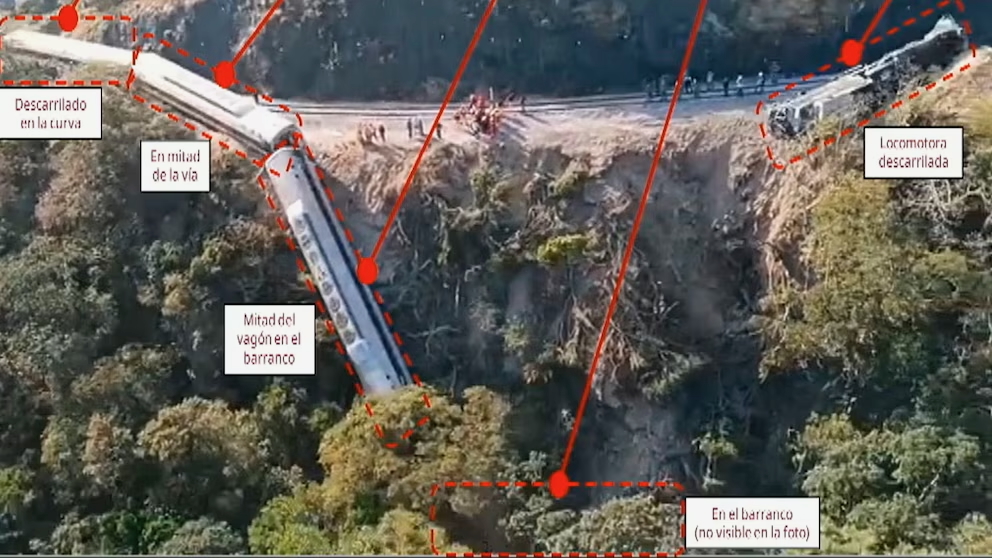
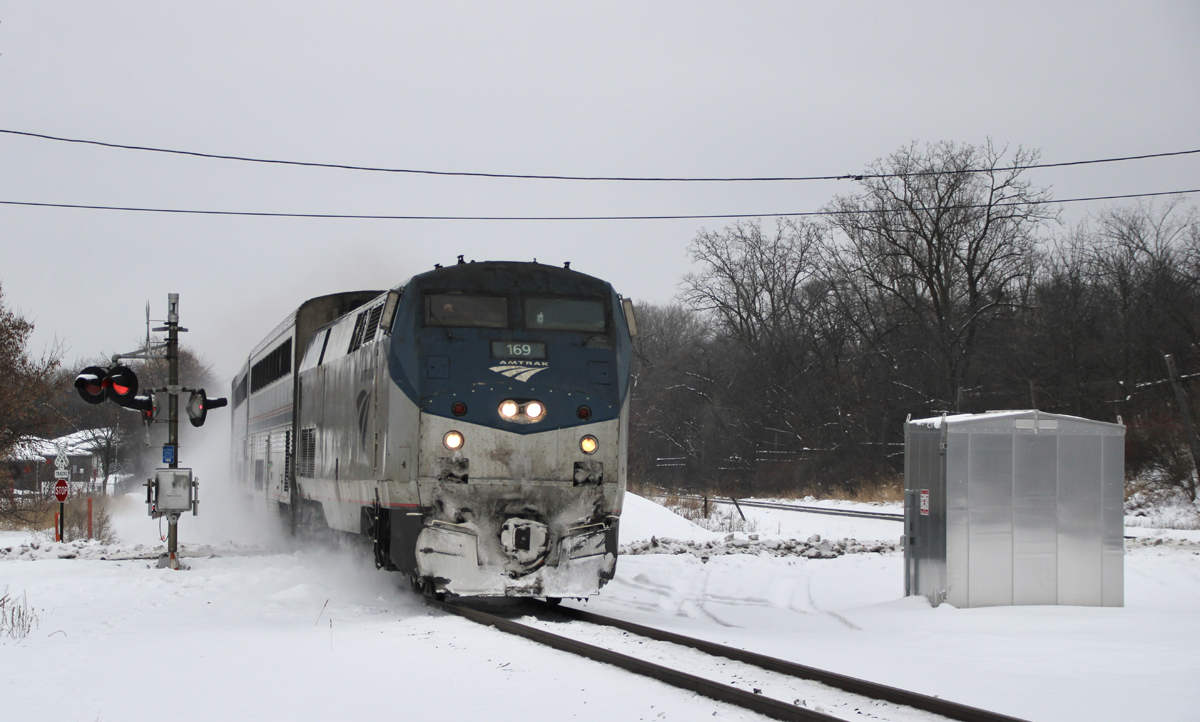




Thanks for the article on this service. I have traveled to Pittsburgh several times but used Amtrak only once. The limit of only one train a day makes it hard to fit your travel needs. Even adding a second train only helps somewhat. Several trains a day would be best but as mentioned but is there enough population and demand to support several trains a day. Most likely the best idea would be to look beyond Pittsburgh and serve other nearby cities as well. Cleveland and Columbus Ohio have been mentioned but would require that state to also agree to partially fund the route and any capital improvements needed. But two trains are still better than one.
I am reminded of a Sherlock Holmes episode where the great detective was captured by Professor Moriarity and subjected to a slow death by dripping of his blood. Such is an analogy for what the major carriers have done to their route capacities by dubious virtue of auto-route dispatching and a plethora of economies over the decades that have devastated their ability to handle volumes of traffic. Aside from reduced trackage, that wasn’t necessarily ill-advised for the times, figure reduced crews that greatly increased the recovery time for over-the-road mechanical delays and for work online, increased harassment of crews that slowed operations, the steady elimination of experience in operating personnel and slowed yard operations with remote switching, PSR induced dogs and hp/t restrictions cluttering up the railroad plus the aforementioned inefficiency of computerized dispatching when the technology does not approach necessities for a fluid railroad. In short, capacity has been drastically reduced in the name of “efficiency”. Like autonomous or EVs, the technology sounds fine but the reality is something else – to date.
As such, I question whether the proposed additions to capacity on the Pittsburgh line will make much of a difference. Whether the additional trainset(s) are warranted is another story, but you will always find a politician and bureaucracy with plenty of fancy dreams trying to pick the taxpayer’s pocket.
Conrail ran a fast railroad in its heyday, perhaps only approximated by portions of the Transcon today. And the manifests ran nearly as fast as the premium trains. Today it seems a joke, in comparison. It will take a lot more than a few extra tracks in terminals and a control point or two to make much of a difference. In fact, given the current operating philosophies, I suggest it will take dedicated tracks such as Amtrak has east of Harrisburg to ensure reliable service for more passenger schedules.
I think its all been said with the comments on NS, PSR and the like. But seriously…at this point we should be talking about like 5 or 6 round trips per day with improvements for speed, extending electrification, and actually making a real modern passenger railroad. Maybe even…gasp…think about true HSR with a dedicated ROW. And not just in Pennsylvania, but nationally.
Western PA is still struggling with loss of population. At the current time probably 3 round trip trains a day beyond Harrisburg would be the maximum and even that could be a stretch. There are only 4 rail population centers of size to speak of between Harrisburg and Pittsburgh: Lewistown [but only because it serves the State College area from the east], Altoona, Johnstown, and the greater Greensburg area. I don’t know if extending trains beyond Pittsburgh to say Columbus or Cleveland would help the situation.
Electrification cannot even begin to justify its cost.
HS rail for Philly-Pittsburgh never got past its initial study in the 20th Century, primarily due to the Pittsburgh area being too small in population to have it be a termination point. It would be worst now as its even less populated then at the time of the analysis.
I find it interesting that this essentially puts the Broadway Limited back on between Pittsburgh and Harrisburg. This was a train that daily ran the Pittsburgh Line on essentially the current infrastructure at a time when the number of trains using the line was almost twice what it is now. That these infrastructure improvements are needed now is a testament to how inefficiently the railroad is run under the NS version of PSR. That railroad can handle significantly more traffic than it does, and Conrail proved it.
Should be at least 4-5 roundtrips on this line by now, adding just one more is pathetic. The DoT, FRA and Amtrak need to just TELL NS what’s gonna happen, not give them an option…
Free public money for Norfolk Southern infrastructure improvements, dispensed as corporate welfare. How was it possible for PRR to run dozens of passenger trains a day on the busiest freight railroad in the world 60-80 years ago? Even Penn Central had high frequency passenger service. How far we’ve fallen; everything is a grift.
Also Norfolk Southern is in far better financial shape than the federal government.
It’s all politics boys. Bottom feeding politicians wanting to score points with their constituents. Wouldn’t be so bad if it was just their constituents that were going to pay for it, but we are all going to pay for it. I never ride Amtrak anymore but I’m still paying for it.
1. The PRR could run all those trains because it was a four track railroad with dedicated freight and passenger tracks. Penn Central and Conrail ripped up two of those tracks and a bunch of sidings. Some of those sidings the grant money will restore.
2. As for how many daily trains should run on the line, consider that the vast majority of the PRR trains were overnight limiteds. Depending on your counts, the PRR really ran only 2-4 daytime trains from NYC to Pittsburgh.
James: to be fair, the 4 tracks were all signaled for rule 251 uni-directional operation, 2 east and 2 west. You still have great operational flexibility in less footprint with 2 tracks that are bi-directionally signaled.
That being said, train counts in the low to mid-40’s with most of those being PSR slop doesn’t scream “over capacity”.
Wonder how full the current single round trip train is – 75%. 80%, over 90? Will a second train attract new customers or just split existing passenger traffic into two groups? Presume that point will be surveyed and resolved as a first step.
Is there a current plan for the infrastructure improvements needed? Published anywhere?
Roger, that News Wire article linked in the second paragraph goes into the infrastructure plan in fairly extensive detail.
Mr. Thomas: A single roundtrip, just like the LDs with their once in 24hours chance to travel is a huge disincentive to use the train. The only way to test if more frequencies will draw more riders is to offer more frequencies. Ok, then if after a reasonable time (once we decide what a reasonable time is) if the ridership doesn’t markedly improve then maybe it’s time to give up on said market. Automobility, I know I don’t have to tell anyone, has grown exponentially since the mid-1950s. If now we want to spur a passenger rail alternative we have only two choices on how to proceed: We either go big…or we shut up and go home. And our “fearless” political leadership at the federal and state levels are too timid to do one or the other.